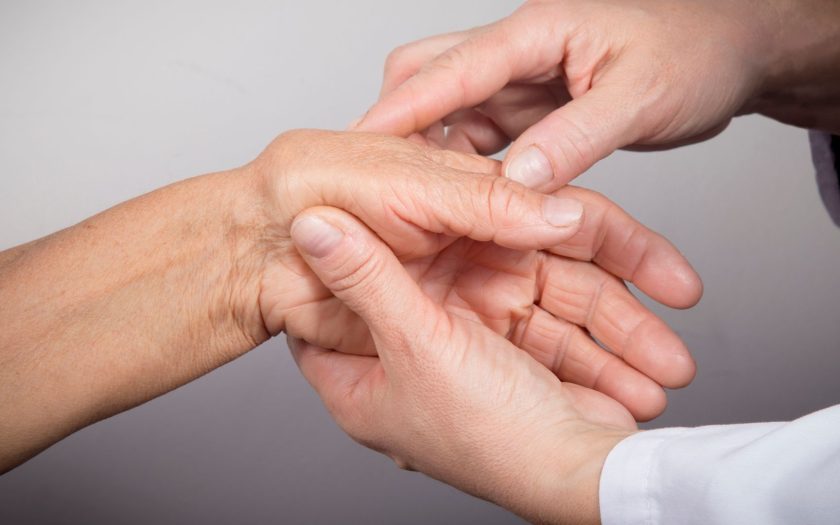-
Falling due to inclement weather.
The onset of autumn frost brings the risk of sleet, falls and connected with them fractures, dislocations, tears, and strains of ligaments or menisci, increasing the risk of arthritis in the future. This is one of the few cases when the disease can develop even in young individuals. For the elderly, such injuries are even more dangerous, as the natural regeneration of joint cartilage is significantly slowed.
If you know it’s slippery outside, wear shoes with sturdy, ridged soles. Older individuals should preferably avoid going out altogether if possible. If unexpected icy conditions arise you suddenly (e.g., warm in the morning and freezing by evening), try to avoid slippery areas as much as possible. Refrain from carrying bags while shopping and avoid putting hands in pockets to maintain balance more easily.
-
Cold weather.
During prolonged exposure to cold temperatures, the immune system weakens, creating conditions conducive to inflammation, particularly in the joints. Cold triggers reflex muscle spasms around the joint, reducing blood flow to it, depriving cartilage of the necessary nutrients for cell regeneration, and accelerating its degradation.
It may seem like hypothermia is a winter issue. But in reality, in winter we are already getting used to frost and dress appropriately. But in transitional period, warm days alternate with cold ones, and there is a risk not to guess with clothes. Pay attention to keeping problem joints and feet warm, as even if the rest of the body is not cold, cooling these areas negatively impacts immunity. If you experience hypothermia, it’s beneficial to take a warm (but not hot) bath upon returning home. Warm water not only helps warm the body but also relaxes muscles. Problematic joints can be treated with warming ointments, which also alleviate muscle spasms and promote blood circulation.
-
Lack of movement.
Physical activity levels decrease significantly during the cold season due to inclement weather, ice, and shorter daylight hours. A sedentary lifestyle weakens the muscles, that supporting the joints and shifting some load away from them. Because of that, even routine activities like cleaning or shopping can lead to microtrauma in joint cartilage. Moreover, reduced movement slows down blood circulation, depriving the joint of essential nutrients. Arthritis patients are often advised to engage in specialized exercises. Additionally, practicing yoga or Pilates at home can be beneficial.
Doctors have shown that physical exercises can be extremely beneficial for arthritis. Therapy for musculoskeletal disorders has complex nature. First of all, this is taking medicines, for example, Inmecin or Reactin-100 SR. But, in the absence of acute inflammation, doctors also recommend doing special exercises for the joints. Therapy also includes massage and physiotherapeutic procedures.

